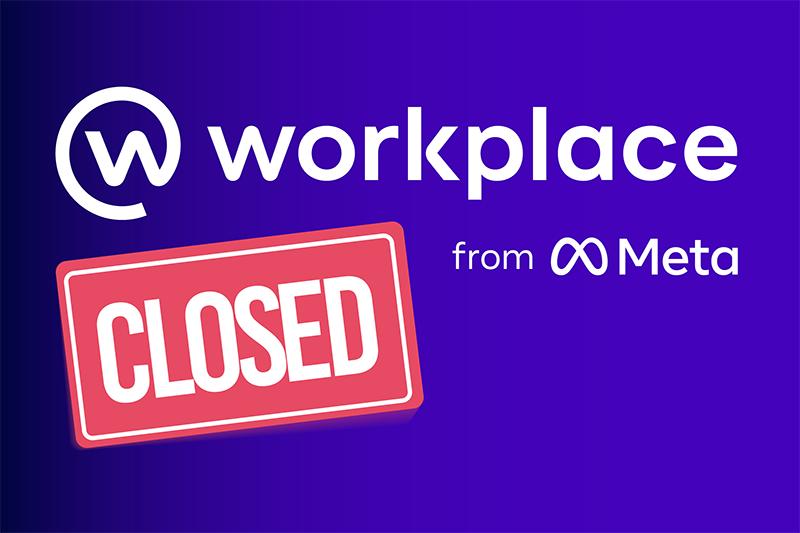- Brahim Jaouane
- April 11, 2018
5 reasons internal communities are essential for your business
Today the word community does not hold the stigma it once did. On the contrary, internal communities are associated with notions such as helping each other and stand as a counterweight to the individualism and also alienation and solitude of the modern era.
In the business world, companies try to promote and nurture their customer and user communities primarily in order to drive their business growth through referrals and recommendations of satisfied customers.

Content
1. Natural support system
2. Information sharing
Internal communities contribute to sharing knowledge and best practices among employees. Communities of interest are a good example of knowledge-sharing communities based on common skills and interests.
Besides, a big part of the company knowledge is “silent”. That knowledge is in the heads of the various experts as opposed to being consigned and expressed somewhere. Communities are a great way to capture and share that knowledge through conversations.

FREE WHITE PAPER
3. Talent development
4. Innovation
Most companies rely on org charts and hierarchies. As a consequence, employees are placed in boxes where they interact with a limited number of people, mostly related to their own field of expertise. Internal communities allow to escape this structure and form cross-department groups where employees from different backgrounds can come together and interact. Great ideas are often born in just such a type of interaction and mingling.
Also, being a place without hierarchy and judgement, a community is a place where ideas can be expressed freely and debated without fear.
5. Employee satisfaction
Social interaction and recognition score highly on the Maslow pyramid of human needs and its employee needs equivalent. Internal communities are a great way to address that need, as employees can interact with peers with common interests and be valued for their skills or input in a friendly setting outside of the company hierarchical structure.
Moreover, as traditional communities are disappearing, people rely more and more on virtual communities to supplement their need to belong. And workplaces’ ability to provide such communities contributes to higher employee satisfaction levels.
Saving money and making money
Obviously, the above benefits sound nice; but they also have a very real financial impact. As employees get help and information, they spend less time searching for it, hence spend more time working and producing value. Internal communities save on onboarding and training cost and talent-development cost. The cost of innovation and especially the loss of opportunity linked to a lacking innovation can in the long run make the difference between a top performer and a dying business. And, of course, satisfied employees mean less turnover.
So now that you are hopefully convinced of the value of internal communities, what can your company do to help them? We’ll list some ideas in a future post.
In the meantime, do not hesitate to leave a comment.
FAQ
What is the difference between internal and external communication?
Here are some Key differences between internal and external communications:
- The audience
- The goal
- The frequency
- The flow
- The means
➝ Find out the Key differences between internal and external communications
What is internal communications?
Communication is said to be internal, when the exchange of information, facts, opinions, etc occurs within the organisation itself. In internal communication, messages can be exchanged via personal contact, telephone, e-mails, intranet, modern communication tools or digital workplaces.
It usually helps in developing plans for accomplishment, organising resources, training, appraising and motivating employees to put their best foot forward.
What is external communications?
External communication can be defined as sharing information between the company and any other person or entity from the external environment such as customers, suppliers, investors, clients, dealers, society, etc, as their opinions on the company and brand have a great impact on the business.
what is an internal communities?
Internal communities are places where employees can find help and support when they experience difficulties. I personally experienced such a community first hand several times, when joining a company among other newcomers.
What are the benefits of internal communities?
Here is a list of business benefits of internal communities to maximize your talent development:
- Natural support system
- Information sharing
- Talent development
- Innovation
- Employee satisfaction
Related posts
- All
- eXo
- Digital workplace
- Employee engagement
- Open source
- Future of work
- Internal communication
- Collaboration
- News
- intranet
- workplace
- Knowledge management
- Employee experience
- Employee productivity
- onboarding
- Employee recognition
- Change management
- Cartoon
- Digital transformation
- Infographic
- Remote work
- Industry trends
- Product News
- Thought leadership
- Tips & Tricks
- Tutorial
- Uncategorized
Leave a Reply
( Your e-mail address will not be published)


